According to leading expert Elaine Aron’s bestselling book, “The Highly Sensitive Person," the highly sensitive trait impacts 15%-20% of the population. Being a highly sensitive person is a scientific personality trait also known as sensory processing sensitivity (SPS). HSPs are naturals when it comes to picking up on subtle cues or stimuli that other people miss. This is due to a nervous system and brain that process deeply and are more in tune with subtleties in the environment. As a result, highly sensitive people do best with plenty of rest and downtime to regulate their nervous system and replenish their body and mind.
Are you wondering if you might be a highly sensitive person? If so, you can take this sensitivity quiz developed by expert and sensitivity psychologist, Julie Bjelland.
Unfortunately, it can be common for those of us that are highly sensitive to feel misunderstood and out of sync with the rhythms of mainstream society. For many years, I convinced myself summer is a season to relish and love. As I have gained greater knowledge about the genetic trait of high sensitivity, I have become more in tune with my personal needs and better acquainted with the environments that overstimulate my body, brain and nervous system.
Last summer, I became acutely aware that heat, noise and disruptions to my daily routine are all things that stress and overwhelm my nervous system and body. With this realization, I have finally been able to make sense of the seasonal feelings of dread and anxiety that are ushered in with the season of summer for me each year.
Personally, summer often feels like the odds are stacked against me, with high heat, humidity, noise from road construction and air conditioners plus longer days with fewer hours of sleep. These triggers can all add up to be a formula that challenges me physically and makes me feel like my mental wellness may come unhinged at any moment.
Not all highly sensitive people will find summer to be challenging. In fact, much of the population adores summer, which can make ‘summer blues’ that much more stifling. If summer makes you feel mostly miserable and everyone else seems so happy hanging out in the summer sunshine, it can can make you feel that much more isolated and out of sync with society.
Specific symptoms of ‘summertime blues’ can look like:
- low moods
- lack of energy or motivation
- Irritability
- Anxiety
If your symptoms begin to include loss of appetite, weight loss, trouble sleeping, or you no longer have interest in hobbies or activities that usually excite you, please seek professional help. Summertime SAD (seasonal affective disorder) is a more serious form of ‘summertime blues’ and affects 1 out of 10 people that suffer from seasonal affective disorder.
If you struggle with low moods and lack energy during the summer months, below are some tips that have tamed my ‘summertime blues’ and blahs. I hope these tips might be helpful for you too.
Identify Your Summer Triggers
It is not exactly known why individuals impacted by ‘summertime blues’ are affected, but it is thought increased heat, higher humidity, longer days and disruptions to routine and schedules may play a role. By identifying your personal summertime challenges, you can begin to develop a plan to manage your triggers in healthy and sustainable ways.
Create A Routine
If you have struggled with low moods or depression personally, you will know that having a reliable routine is one of the best ways to keep depression symptoms at bay. Unfortunately, summer usually unmoors our daily rhythms and routines and can create chaos within even the most calm individuals and families. Following a consistent schedule each day of the week can assist in stabilizing your moods as well as your life.
Prioritize Sleep
With the longer days of summer, it can be challenging to get enough shut eye to stay feeling mentally well. Purchasing blackout shades or curtains can help create an environment that is conducive for sleeping more hours within a given night. For highly sensitive people, sleep is imperative and is one of the trusted ways to work through the increased information HSPs take in each day. Many sensitive individuals do best with 9-10 hours of sleep each night.
Commit to Self-Care
One of the greatest challenges highly sensitive people face is an overstimulated nervous system. As highly sensitive individuals, self-care is an essential part of our equilibrium and wellbeing. If you are highly sensitive and summer is a season that creates challenge and triggers for you, self-care practices will be imperative so you can get you through the warmer months with sanity and ease. Bodywork like massage, acupuncture, Reiki or any other type of service that nourishes you can be supportive and helpful in calming your nervous system and body. If finances limit your access to services, find creative low cost ways to support your sensitive soul. Here are a few ideas:
- Make herbal sun tea — try this lavender rooibos sun tea
- Place your feet in an ice bath
- Keep moistened washcloths in the refrigerator or freezer to create your own chilled compresses. Add a few drops of your favorite essential oil to the washcloths before you refrigerate or freeze them. This simple addition of essential oil will elevate the experience and delight your senses.
Stay Cool
The increased heat and humidity of summer seems to inflame body, mind and emotions. Finding ways to stay cool can help temper irritability and any physical discomfort. Heading to the movies to sit in a cool dark theater can be a perfect remedy or take a dip in a natural lake or nearby swimming pool. Air conditioning can be a good option as well, but for those that are sensitive to noise, you will need to balance the benefits of being cool with the disruptive drone from the air conditioner.
If the season of summer is not refreshing and replenishing for you, please know you are not alone. Focus on activities you enjoy during the summer and give yourself plenty of time for rest. Carve out space in your life and clear your calendar, so you can begin to naturally counteract the stimulus and triggers that overwhelm your nervous system. Continue to commit to simple acts of self care, so you can find relief from the sweltering summer moments.
REFERENCES
Seasonal Affective Disorder by Mayo Clinic
5 Signs You Have The ‘Summer Blues’ by health enews Staff
Summertime Blues Really Are a Thing by UCI Health
Summertime Sadness: 11 Ways to Chase Away the Warm-Weather Blues
By Michell Pugle and Medically Reviewed by Alison Young, MD
Summertime Sadness by Tala Ciatti
Being a Highly Sensitive Person Is a Scientific Personality Trait. Here’s What It Feels Like by Juli Fraga
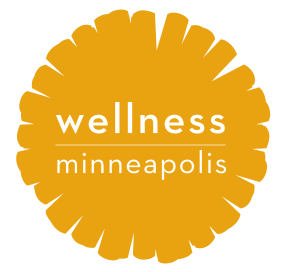
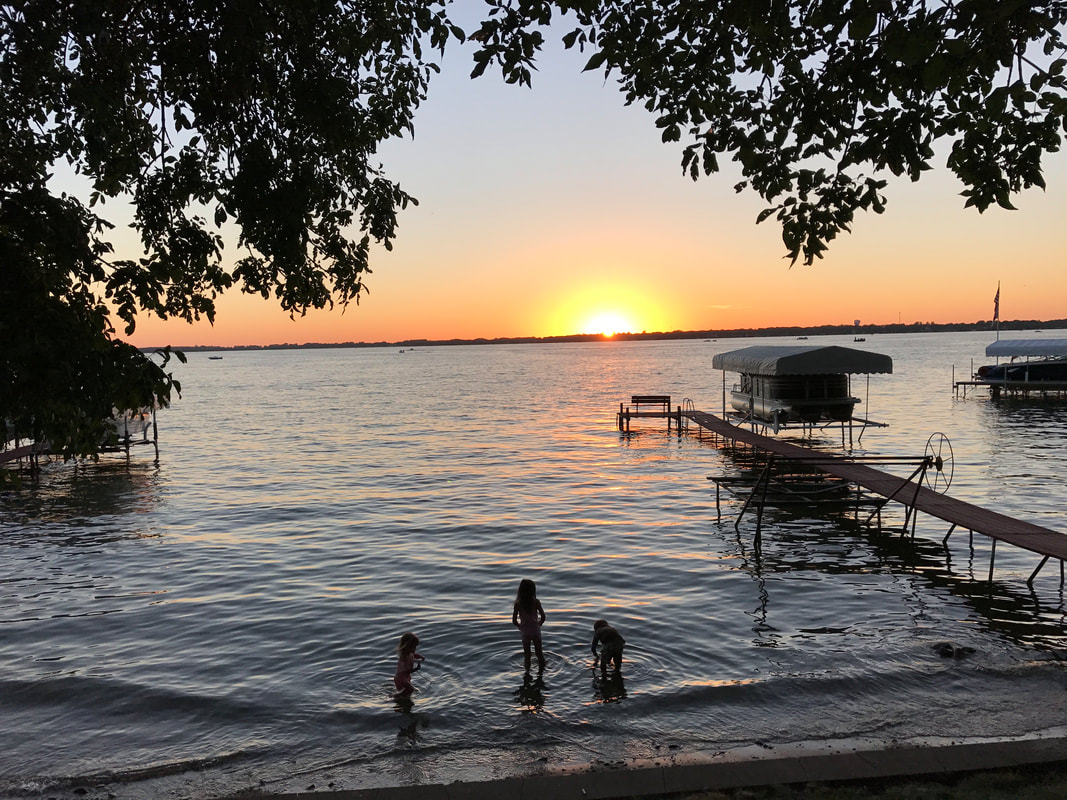
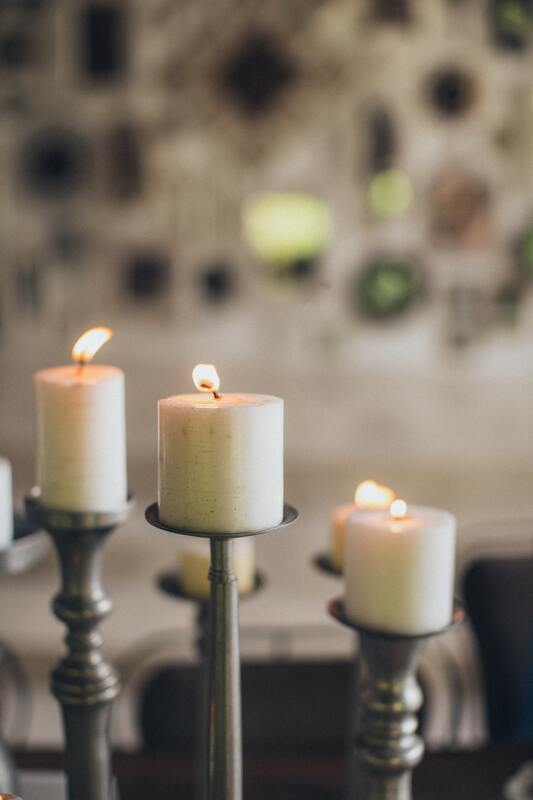

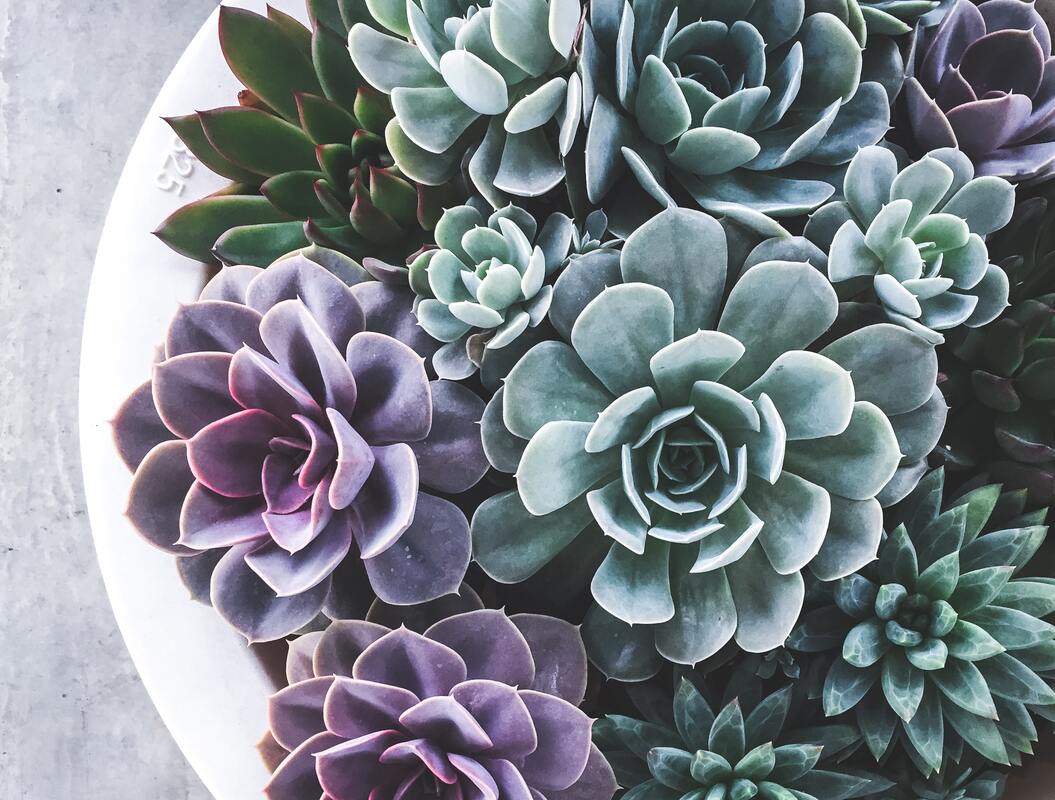

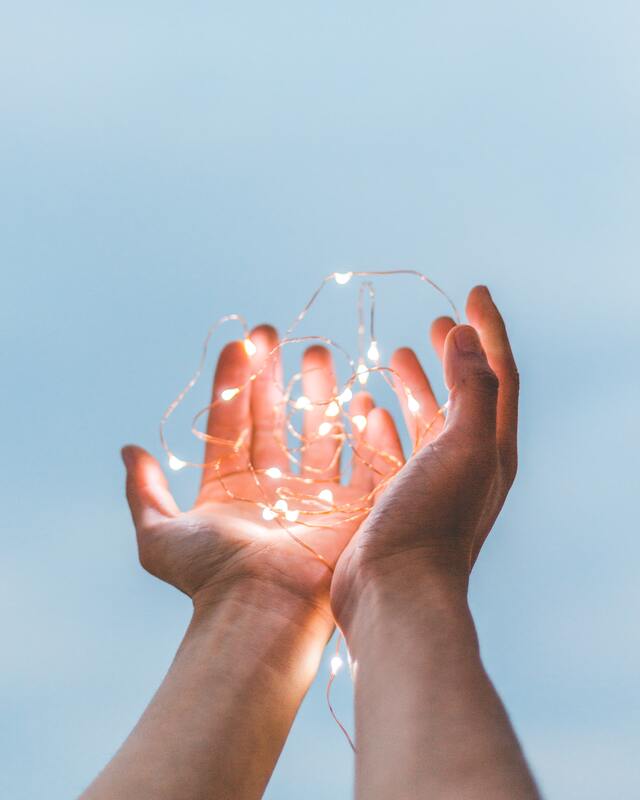
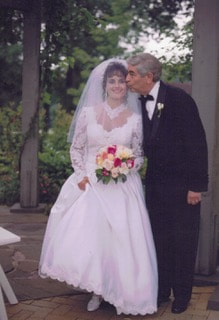
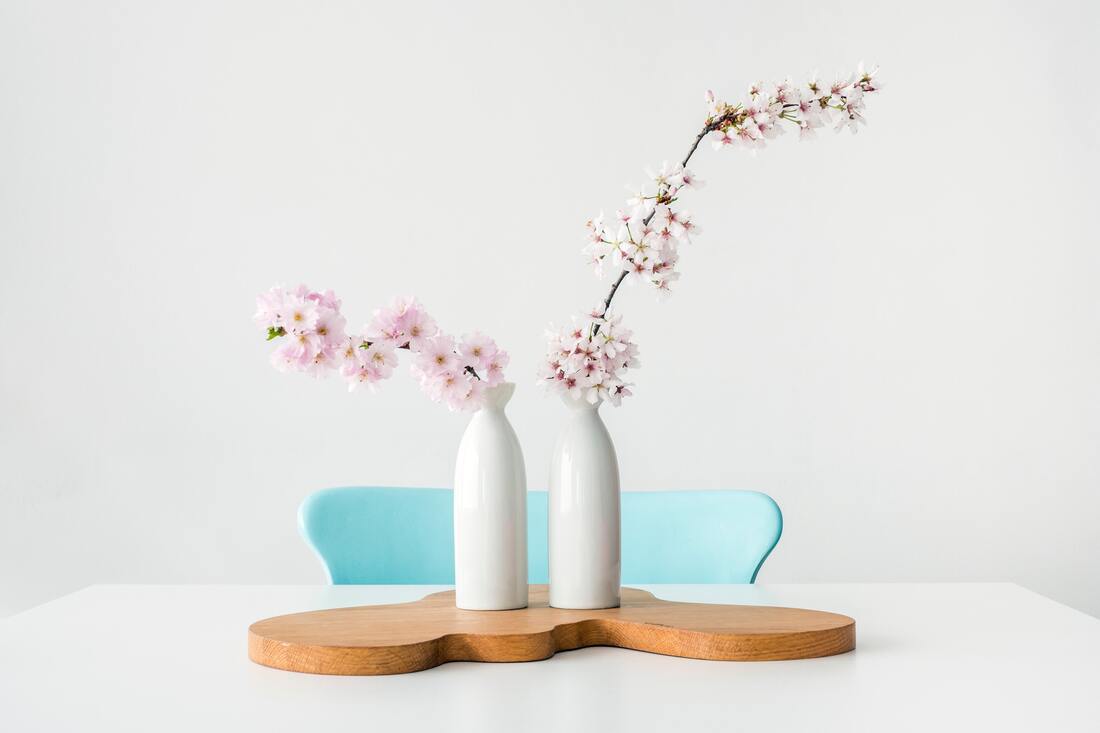
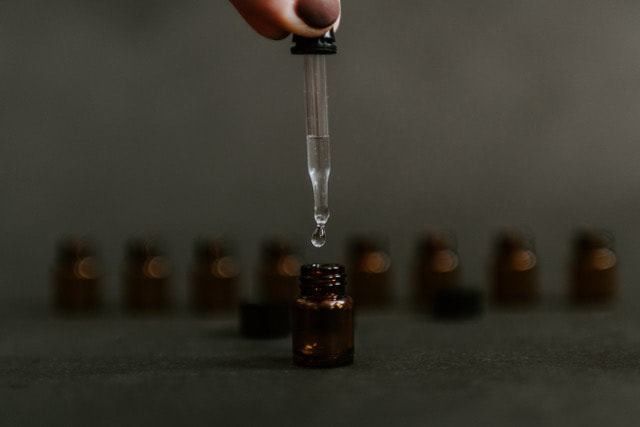


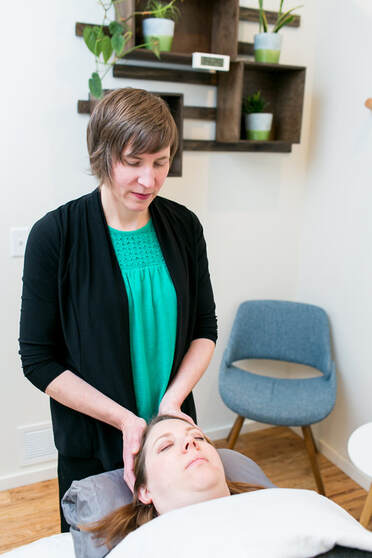

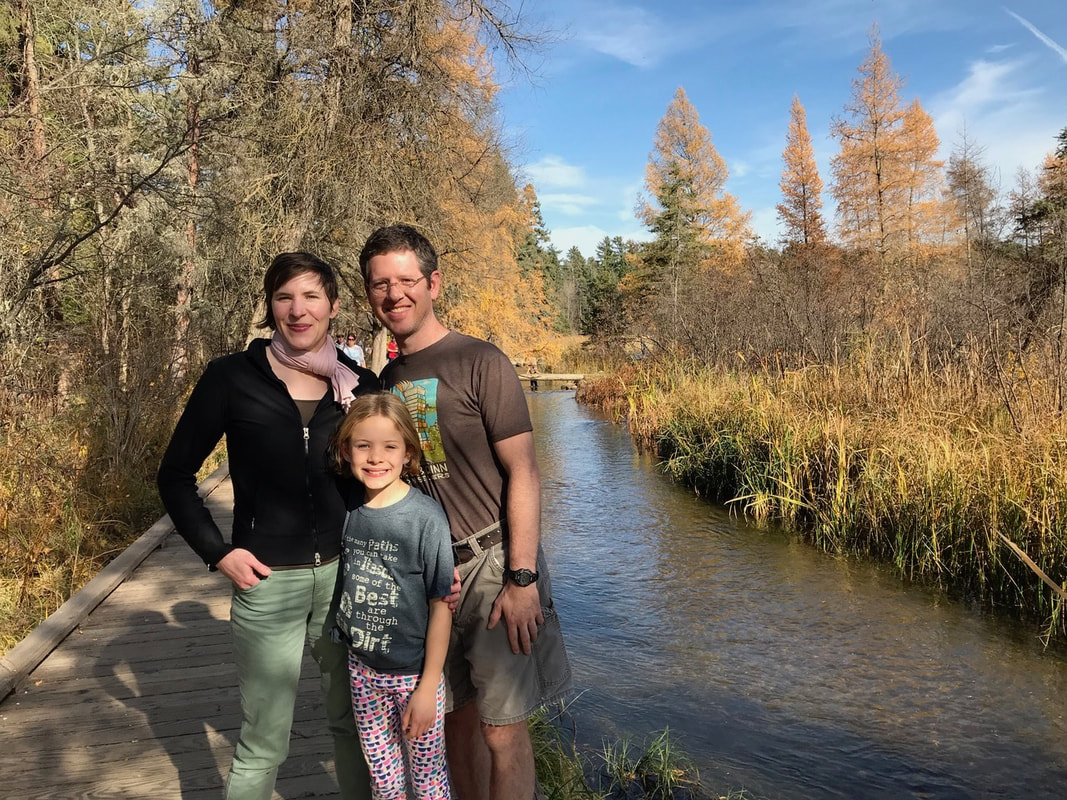
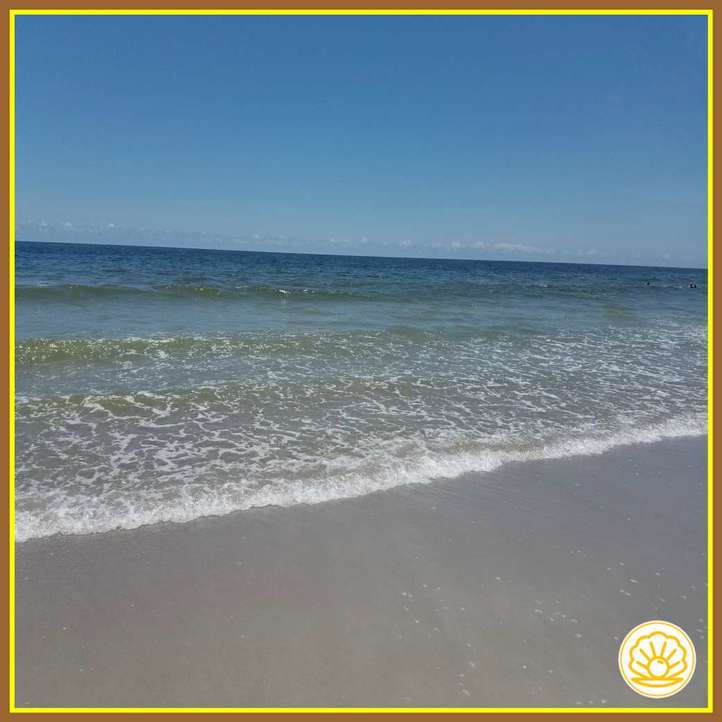
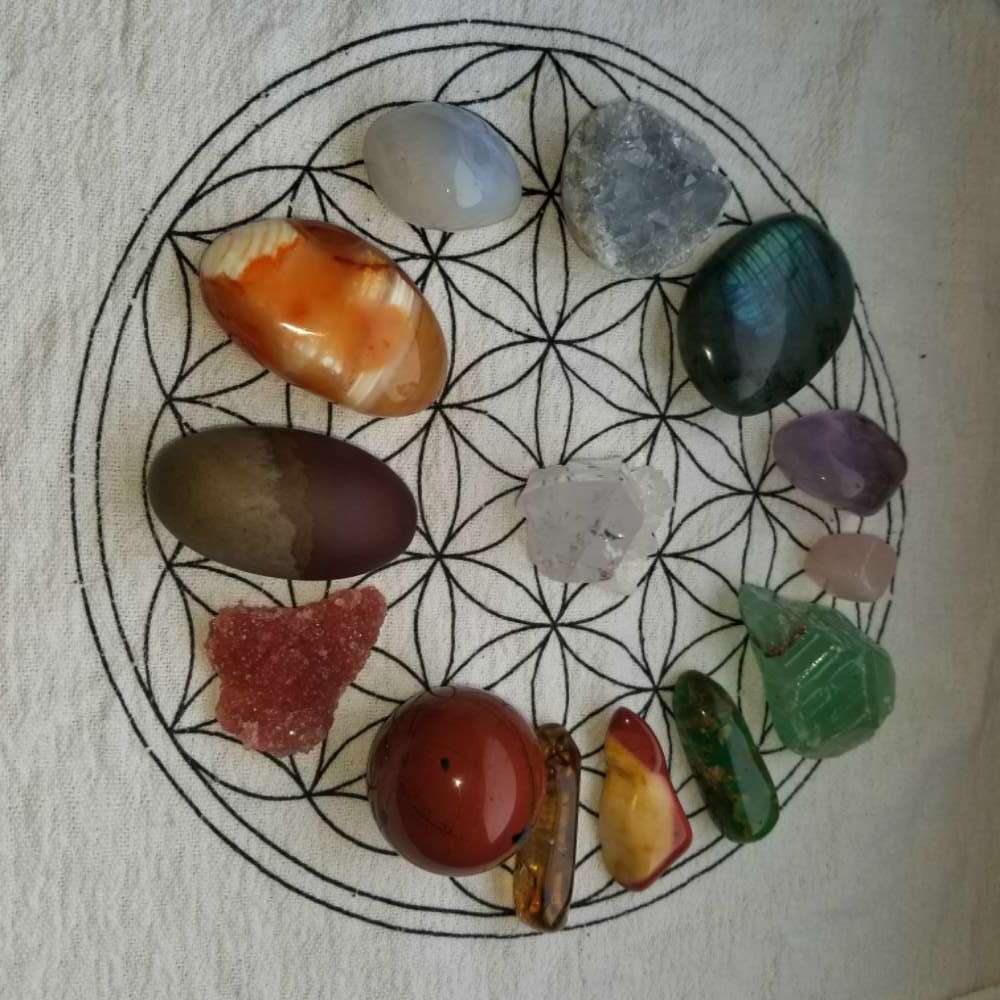
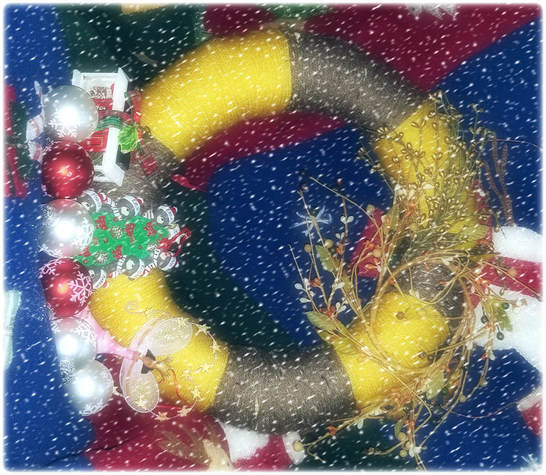
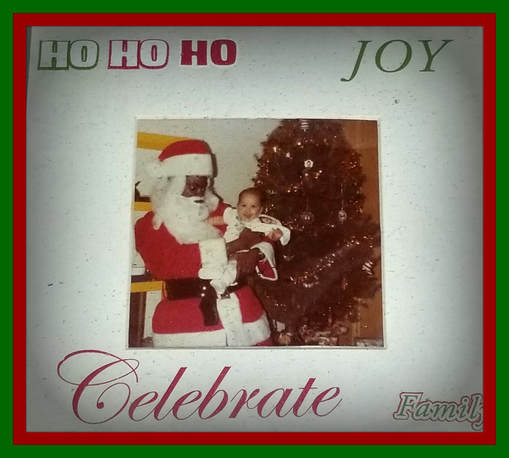
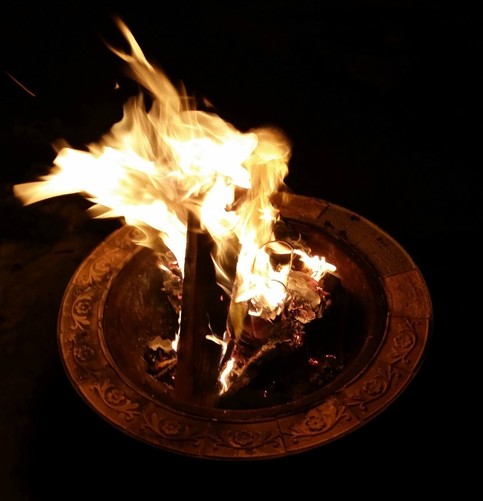

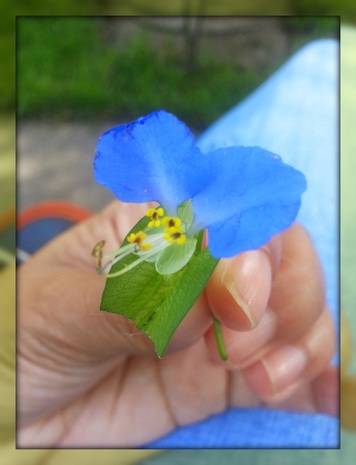
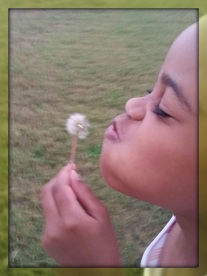

 RSS Feed
RSS Feed